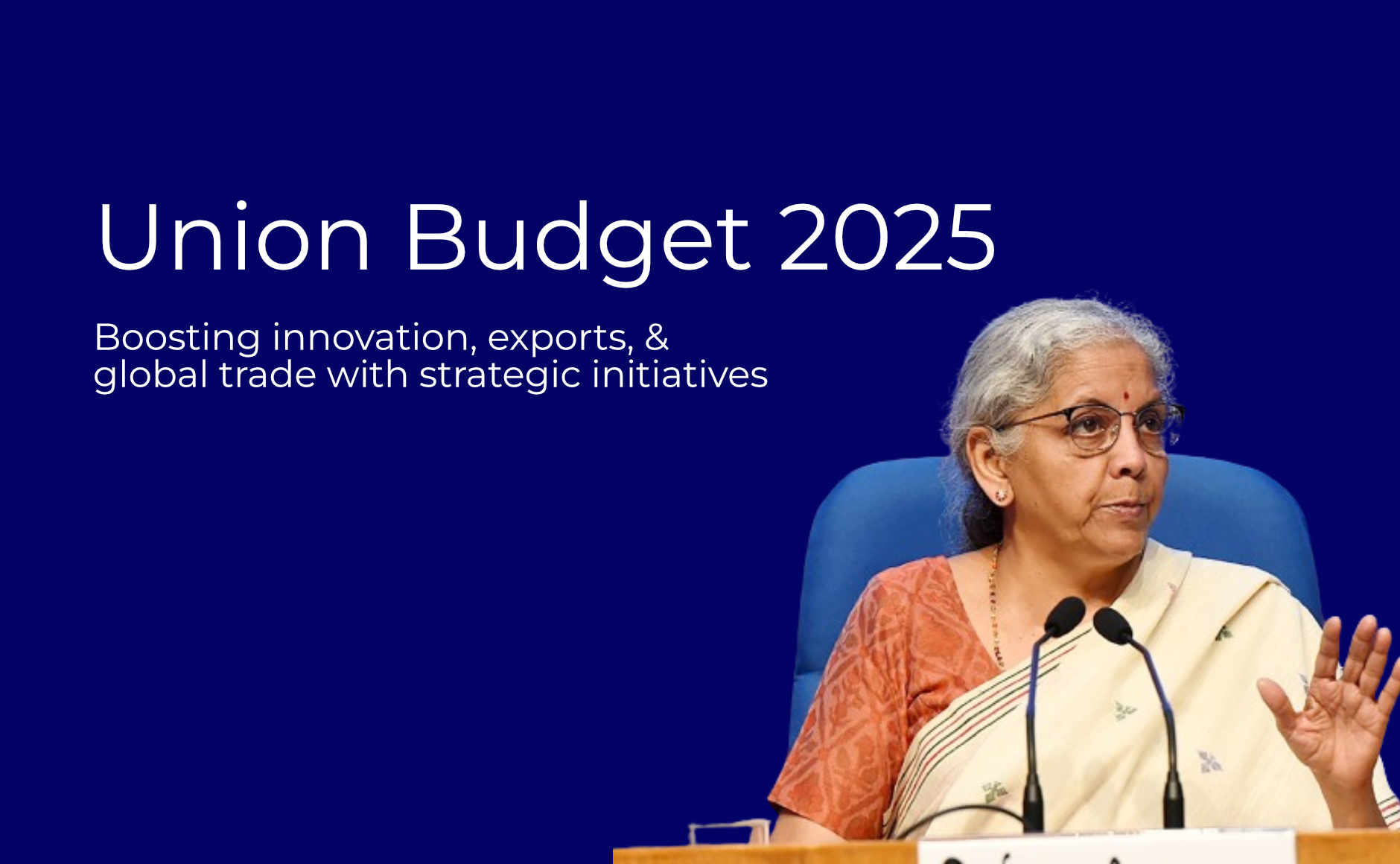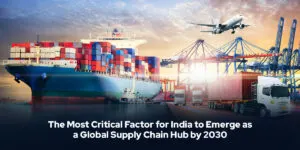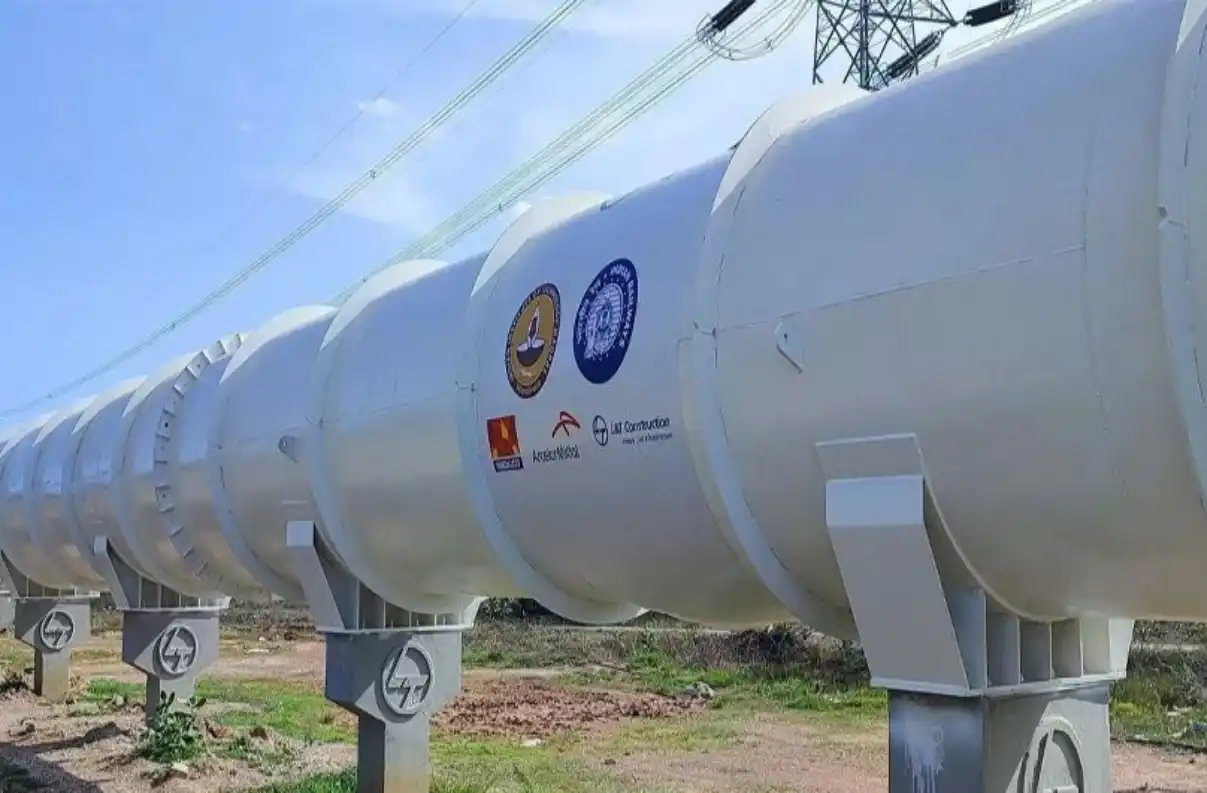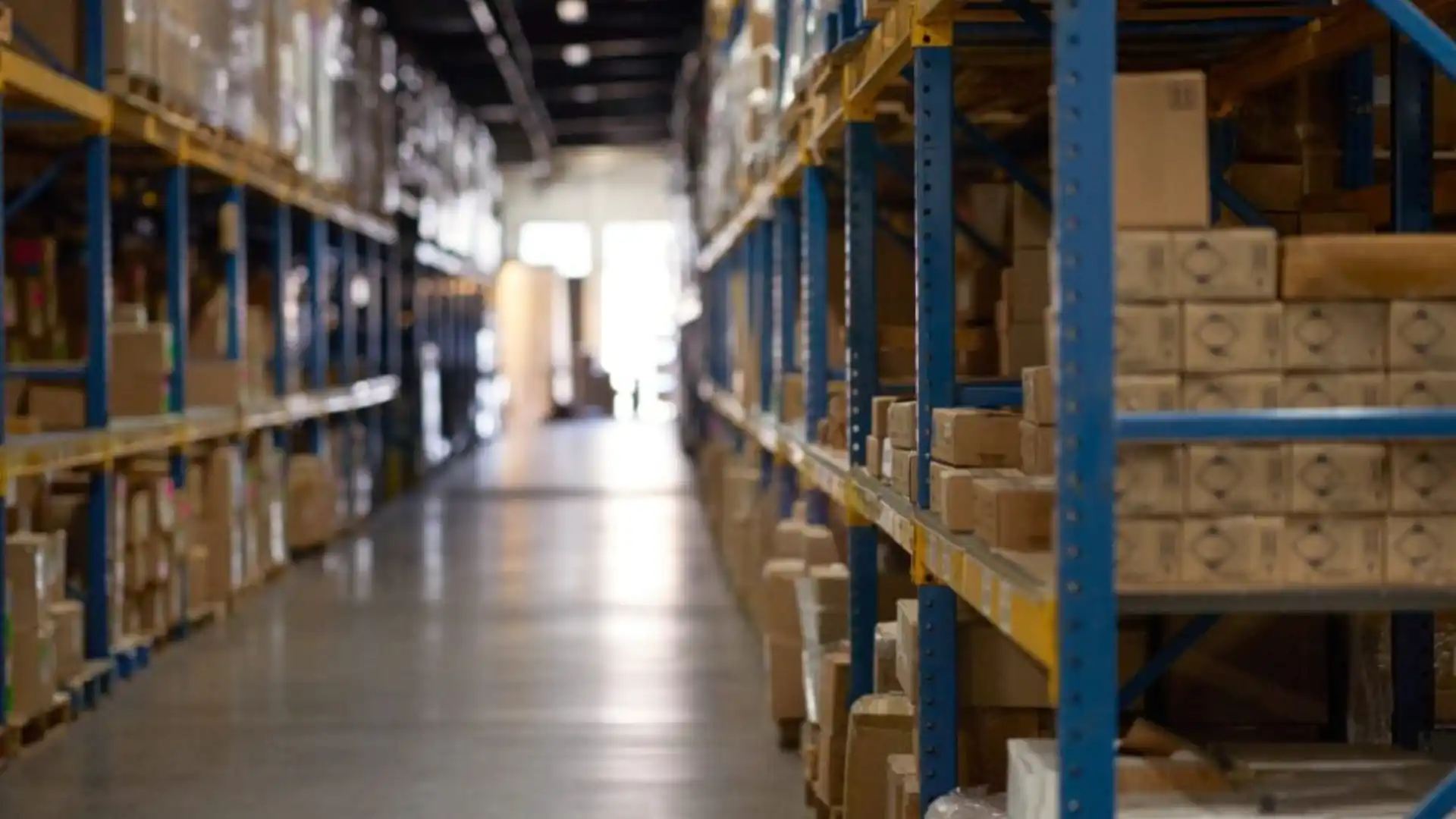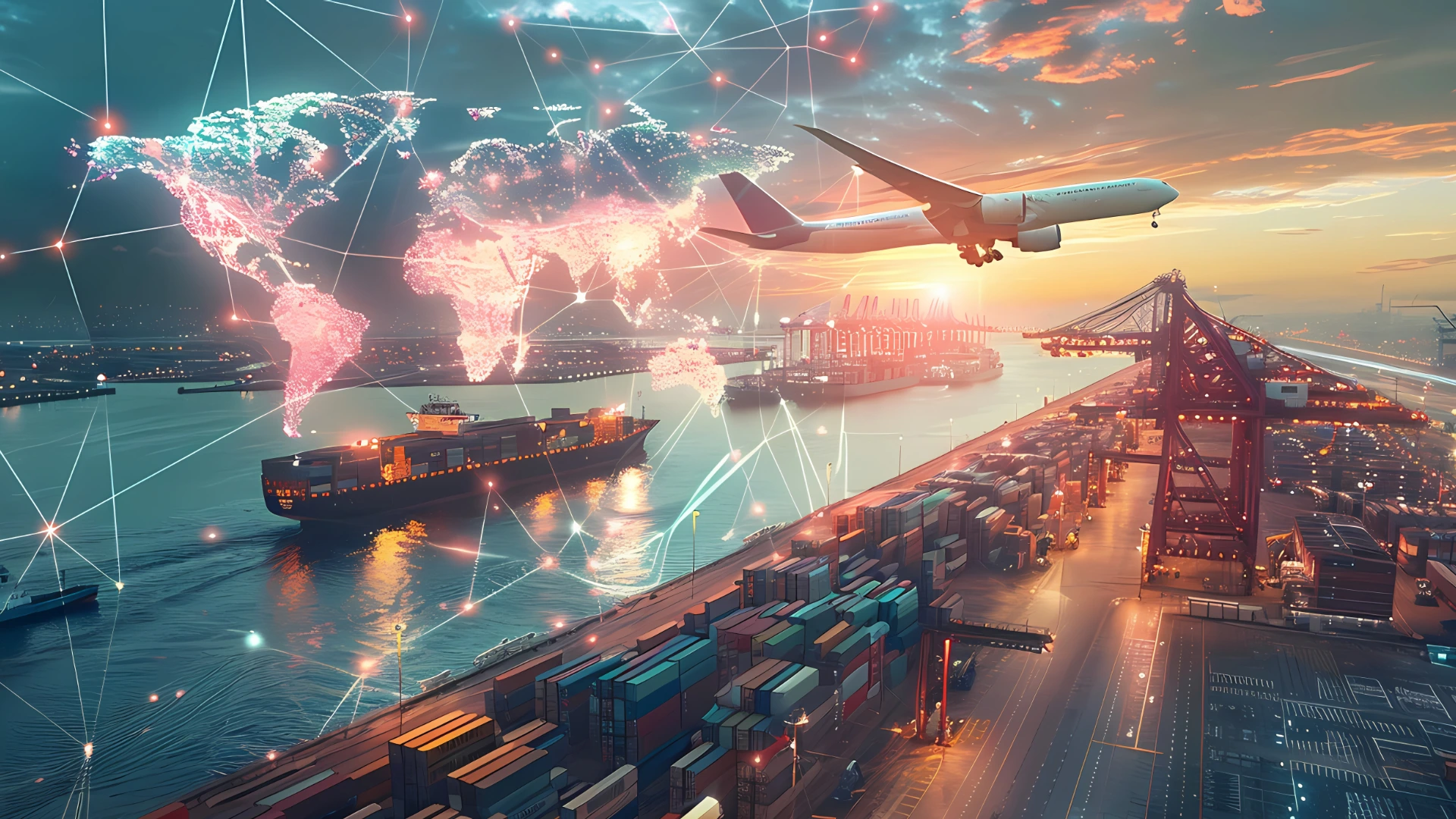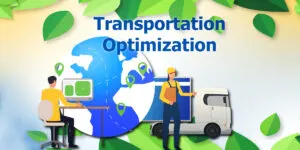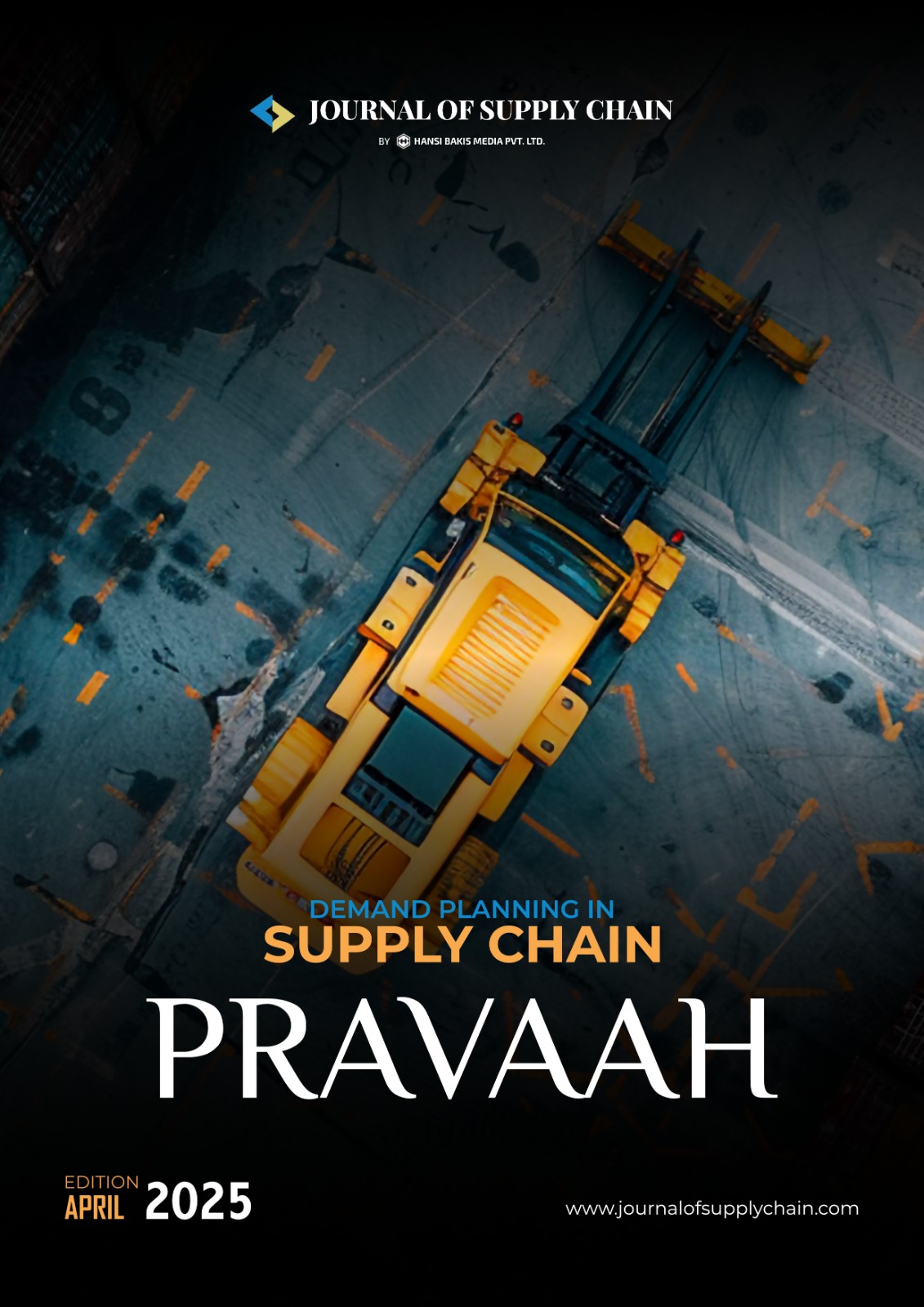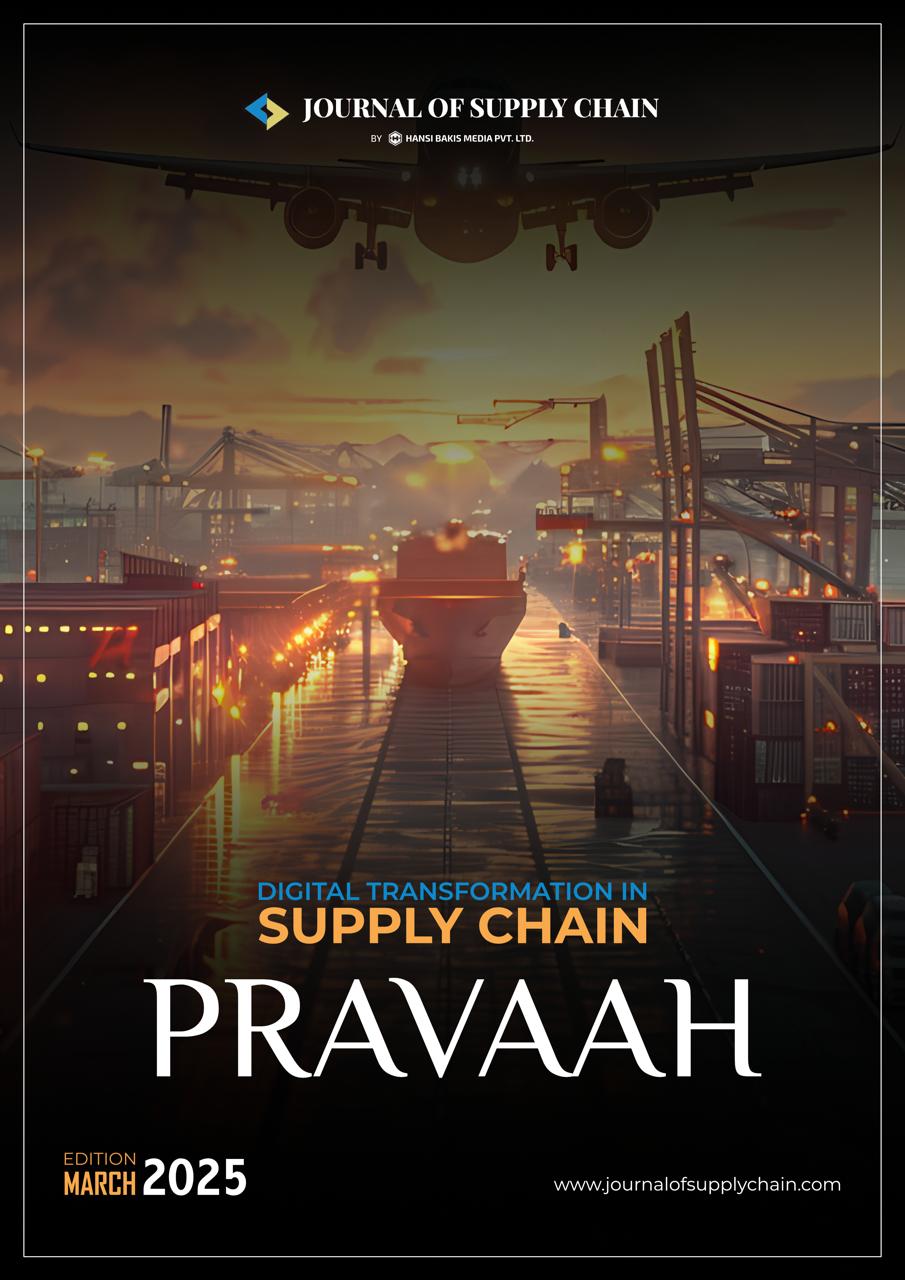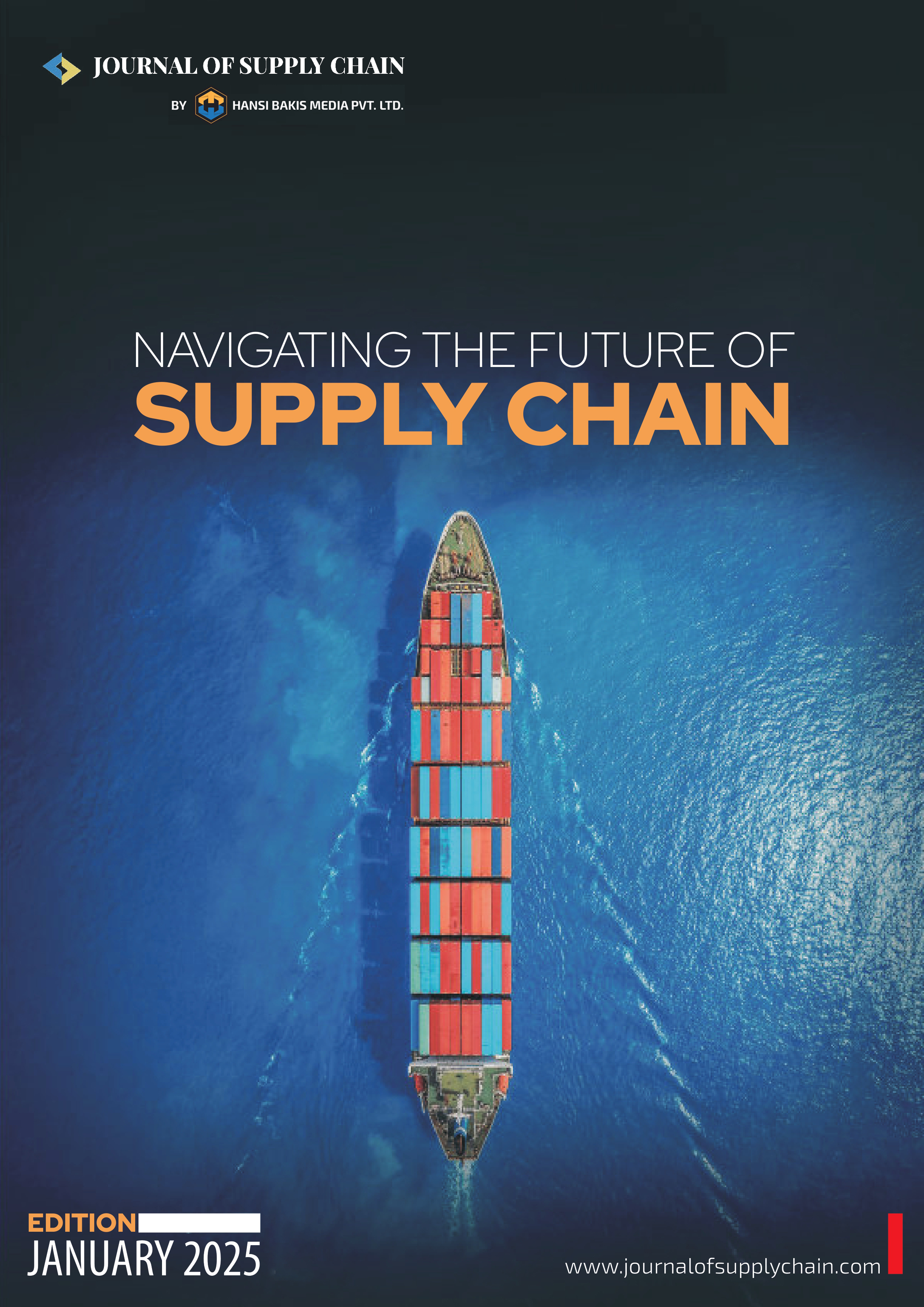Article
Why the India-Pakistan Conflict Could Choke the Global Supply Chain
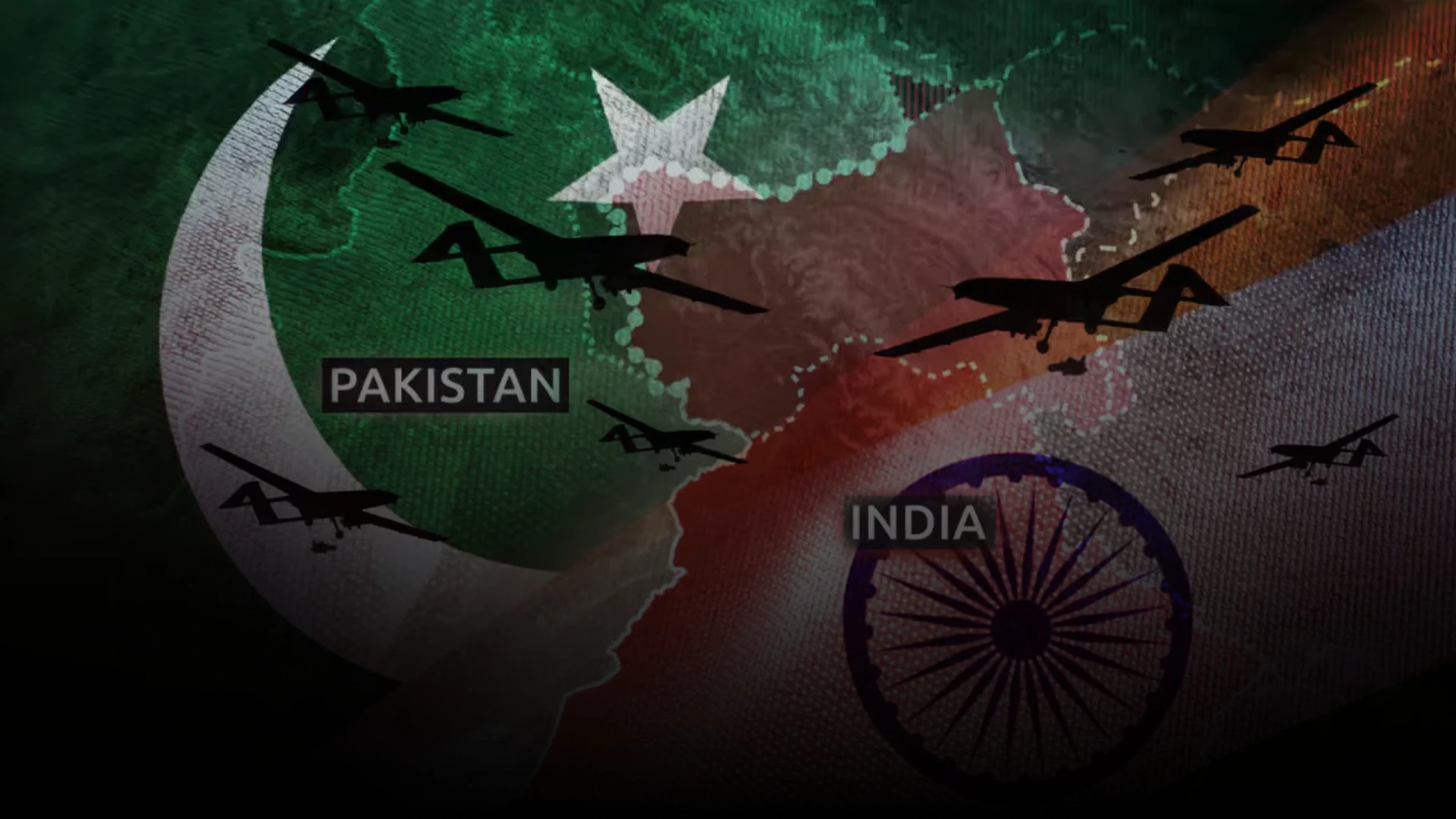
In April 2025, the longstanding geopolitical tensions between India and Pakistan once again escalated following a terrorist attack on Hindu tourists in Pahalgam, Kashmir. This tragedy reignited a period of military confrontation, marked by missile strikes, artillery exchanges, and cyberattacks. While both nations have a history of conflict, the current hostilities have exposed an alarming vulnerability: the fragility of global supply chains. The interconnectedness of today’s global economy means that disruptions in one region can ripple across borders, affecting international trade, logistics, and the broader market. This article seeks to explore how the India-Pakistan conflict, given its geopolitical and economic ramifications, could severely affect global supply chains, especially in the fields of transportation, commodity markets, cybersecurity, and international trade agreements.
Disruption of Trade Routes
One of the most immediate consequences of the India-Pakistan conflict is the disruption of crucial trade routes. While formal trade between the two countries was suspended in 2019, goods have continued to flow informally across the border, particularly in sectors like agriculture and textiles. However, the ongoing military confrontations have prompted the closure of land borders, rerouting cargo through longer, more complex routes. For instance, shipments that would have previously moved from Pakistan through India into Central Asia are now diverted to alternate passages through Iran or China, adding significant time and cost to deliveries. This change in routing affects everything from food supplies to industrial materials, making the global supply chain more volatile. The cost of doing business has skyrocketed as companies must pay more for insurance, delays, and alternate routes.
Rerouting not only affects businesses in India and Pakistan but also has a profound impact on the global market. Since Pakistan is a key transit hub for goods moving between Asia and the Middle East, delays in this region can have a cascading effect on the timeliness and cost of global exports.
Impact on Port Operations
India’s extensive coastline hosts several important seaports, including Mundra, Jawaharlal Nehru Port, and Kandla, which are vital for the transportation of goods in and out of the country. These ports are part of the broader trade infrastructure that supports supply chains in the Middle East, Europe, and beyond. However, the ongoing conflict has significantly disrupted port operations, not only due to security concerns but also due to logistical difficulties exacerbated by airspace closures and damaged transport routes. For example, Kandla Port, located on India’s western coast, was temporarily closed due to missile threats, halting the shipment of essential goods like crude oil and manufactured goods. Mundra Port, another key player, has reported delays due to personnel shortages and limited truck movements, further affecting the timeliness of deliveries.
While these ports are gradually recovering from operational disruptions, the potential for further attacks or border escalations continues to hang over them. As supply chains around the world rely heavily on just-in-time logistics, any disruption, no matter how brief, can create substantial ripple effects across industries, especially in the electronics, automotive, and textile sectors.
Airspace Restrictions
Air cargo is another critical component of the global supply chain, and disruptions to air travel in South Asia can have far-reaching consequences. In the aftermath of the India-Pakistan conflict, 32 airports in northern India were closed due to airspace restrictions, hampering the swift transportation of goods that rely on airfreight. The closure of these airports particularly affects industries such as electronics, pharmaceuticals, and luxury goods, where speed is essential. With the airspace restricted, cargo flights were forced to reroute, adding significant delays to deliveries. Furthermore, airlines had to cancel several international flights, which, in turn, affected the movement of personnel and goods. Though airports have reopened, airspace restrictions remain in place, making it more difficult for international cargo services to operate smoothly.
Given that much of the world’s trade relies on timely airfreight shipments, particularly between Asia, Europe, and North America, airspace restrictions and logistical disruptions could lead to supply shortages or the inflation of shipping costs. The ramifications of these delays will be felt most acutely in industries with tight inventory cycles, such as electronics and pharmaceuticals.
Cybersecurity Threats
The India-Pakistan conflict also highlights the growing threat of cyberattacks in global supply chains. Both nations have been involved in cyber warfare for years, and this conflict has seen an escalation of such activity. Pakistani hacker groups have launched targeted cyberattacks against key sectors in India, including energy infrastructure, transportation networks, and financial institutions. These attacks not only threaten national security but also pose a risk to the smooth functioning of global trade.
For instance, the disruption of power grids in India could impact factory production and logistics hubs critical to the global supply chain. In addition, cyberattacks against financial institutions can interfere with payments and settlements across borders, delaying the clearance of international transactions. This kind of disruption can extend far beyond the India-Pakistan region, as cybercrimes increasingly affect multinational companies that depend on secure and uninterrupted data and financial systems.
Commodity Market Volatility
The India-Pakistan conflict has also resulted in significant volatility in commodity markets. India, a key global player in the rice, wheat, and tea markets, faces increased uncertainty in its ability to export these goods due to ongoing hostilities. Basmati rice prices have surged in international markets, as importers look to secure long-term contracts in anticipation of disruptions. Similarly, the conflict has negatively impacted India’s tea exports to Pakistan, which represent a considerable percentage of India’s tea industry.
Other sectors, such as the chemicals and energy industries, also face price volatility. As the conflict continues, there is an increased risk of disruptions to oil and natural gas shipments from the region, which could cause fuel prices to spike globally. Such market instability could further strain businesses and consumers alike, particularly in countries reliant on imports from India and Pakistan.
Insurance and Shipping Costs
The financial impact of the conflict is also felt in the rising cost of insurance and shipping. Due to the increased risk in the region, shipping companies and insurers are charging higher premiums to cover goods moving through affected areas. Freight costs are expected to climb as transport routes become less reliable and more costly to navigate. Additionally, shipping crews are increasingly reluctant to operate in areas of heightened risk, further complicating logistics operations.
For global companies already operating on thin margins, these increases in costs can be devastating, forcing businesses to either absorb the added expense or pass it on to consumers. These price hikes may eventually result in global inflation, affecting industries as diverse as food, clothing, electronics, and automotive manufacturing.
Strategic Implications
The geopolitical fallout from the India-Pakistan conflict also underscores the broader strategic implications for global trade. India’s push to develop the Chabahar Port in Iran and counterbalance China’s investment in Pakistan’s Gwadar Port reflects the high-stakes geopolitics at play. These developments along with the ongoing rivalry between India and Pakistan could lead to a realignment of global supply chains. Companies operating in the region may need to rethink their strategies to minimize risks, diversify supply sources, or avoid certain regions altogether. As China strengthens its hold on trade routes through the China-Pakistan Economic Corridor, India’s efforts to secure alternative trade routes will play a pivotal role in shaping the future of supply chains in Asia and beyond.
The India-Pakistan conflict illustrates the interconnected nature of global supply chains and how localized geopolitical tensions can quickly escalate into widespread disruptions. From trade route closures to airspace restrictions, cyberattacks, and market volatility, the conflict has shown that no industry is immune from the effects of such disputes. As global supply chains continue to evolve, businesses and governments must invest in contingency plans and develop strategies to increase resilience against geopolitical risks.
Lastly, The increasing reliance on international trade and the growing complexity of logistics networks makes it essential to monitor potential flashpoints like the India-Pakistan border. Given the ongoing nature of this conflict, adaptive planning, diversification of supply sources, and heightened awareness of geopolitical risks will be critical in ensuring the continued flow of goods in an increasingly uncertain world.
Explore the latest edition of Journal of Supply Chain Magazine and be part of the JOSC Daily News Bulletin.
Discover all our upcoming events and secure your tickets today.
Journal of Supply Chain is a Hansi Bakis Media brand.
Leave Comment
Join the community of 350,000+ industry professionals
Subscribe to our Daily Newsletter
Subscribe For FreeBy continuing you agree to our Privacy Policy & Terms & Conditions
Next Article
Article
World’s Longest Hyperloop? India’s Modest Milestone Mocks the Hype
Imagine a pod zooming through a steel tube at over 1,000 km/h, delivering goods or people faster than a flight. That’s the big promise of hyperloop, a concept that’s been around for a while, but never really took off. And now, India’s getting in the game.
Union Railways Minister Ashwini Vaishnaw recently announced that IIT Madras is building Asia’s longest hyperloop test track, a 410-meter-long vacuum tube, which will later stretch to 460 meters. It’s a research initiative and will help us study the technology. But here’s the real question: what does it mean for India’s supply chains?
A Hype Loop, Not a Hyperloop?
Let’s break it down.
The hyperloop was first proposed by Elon Musk in 2013 to fix “soul-destroying traffic.” His idea: put people or cargo in a capsule, move it inside a tube using magnetic levitation, and remove air resistance by making it a near vacuum.
Fast, futuristic, and fancy but is it feasible?
So far, not really. Hyperloop companies in the US, France, and UAE tried and failed. One of the most famous, Hyperloop One, did a small test in 2020 500 meters, two people, and a speed of just 175 km/h. That’s slower than our freight trains.
The company shut down in 2023. Others like Hyperloop TT started projects that were cancelled, delayed, or simply forgotten.
Even Japan, known for its maglev trains, hasn’t built a working hyperloop yet. So why is India jumping in?
Will It Help Our Logistics Sector?
India’s logistics and supply chain industry is massive and growing fast. With the Gati Shakti plan, Dedicated Freight Corridors, and multi-modal logistics parks, we’re aiming to make goods movement faster, cheaper, and cleaner. These are real, grounded efforts.
Hyperloop, on the other hand, is still a lab experiment. It's expensive, untested at scale, and comes with lots of technical and safety concerns. Maintaining a vacuum across hundreds of kilometres, ensuring safety, and avoiding system breakdowns is no small task.
Yes, hyperloop is often sold as a game-changer for cargo transport. Imagine shipping pineapples from Assam to Delhi in two hours! But we’re nowhere near that. No country has built a working, cost-effective freight hyperloop. The tech is cool on paper, but not ready for India’s supply chain realities not when basic issues like cold storage, last-mile connectivity, and warehouse automation still need fixing.
Are We Spending in the Right Places?
The IIT Madras hyperloop project costs ₹8.34 crore. That’s small compared to big infrastructure budgets. But the real concern is attention. In a time when Indian Railways is under pressure to improve safety, modernise stations, and upgrade freight services, does it make sense to chase a dream that even tech giants have let go?
Instead of chasing vacuum tubes, what if we:
- Strengthen rail freight corridors to cut down road congestion
- Build more temperature-controlled supply chains for agri-products
- Invest in digital tracking and automation for warehouses
- Improve port-rail-road connectivity to reduce dwell time
These would give real, tangible gains to Indian businesses, MSMEs, and farmers trying to access distant markets.
Innovation vs Distraction
To be fair, research is important. And it’s great that IIT Madras is exploring new frontiers. Innovation often starts with trial and error. But let’s not confuse a science experiment with a logistics breakthrough.
Hyperloop is not going to move cargo anytime soon. It may take decades (if ever) to become commercially viable. Until then, the focus should stay on strengthening what we already have because even our fastest trains still face delays, and many rural areas remain cut off from major supply routes.
So yes, the hyperloop sounds fancy, and it makes headlines. But when it comes to India’s supply chain transformation, we need more than buzzwords. We need reliable railways, efficient multimodal transport, digitised logistics, and a system that works for everyone from metro cities to remote villages.
In the world of supply chains, reliability beats hype. Let’s not forget that.
of just 175 km/h. That’s slower than our freight trains.
The company shut down in 2023. Others like Hyperloop TT started projects that were cancelled, delayed, or simply forgotten.
Even Japan, known for its maglev trains, hasn’t built a working hyperloop yet. So why is India jumping in?
Will It Help Our Logistics Sector?
India’s logistics and supply chain industry is massive and growing fast. With the Gati Shakti plan, Dedicated Freight Corridors, and multi-modal logistics parks, we’re aiming to make goods movement faster, cheaper, and cleaner. These are real, grounded efforts.
Hyperloop, on the other hand, is still a lab experiment. It's expensive, untested at scale, and comes with lots of technical and safety concerns. Maintaining a vacuum across hundreds of kilometres, ensuring safety, and avoiding system breakdowns is no small task.
Yes, hyperloop is often sold as a game-changer for cargo transport. Imagine shipping pineapples from Assam to Delhi in two hours! But we’re nowhere near that. No country has built a working, cost-effective freight hyperloop. The tech is cool on paper, but not ready for India’s supply chain realities not when basic issues like cold storage, last-mile connectivity, and warehouse automation still need fixing.
Explore the latest edition of Journal of Supply Chain Magazine and be part of the JOSC Daily News Bulletin.
Discover all our upcoming events and secure your tickets today.
Journal of Supply Chain is a Hansi Bakis Media brand.
 Anamika Mishra
Anamika Mishra 



